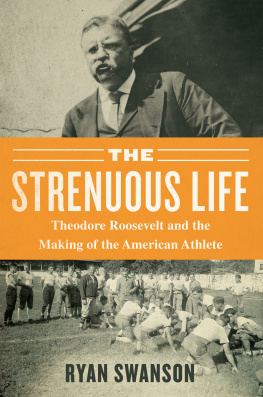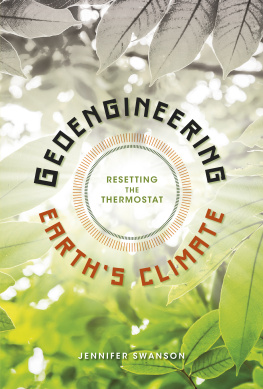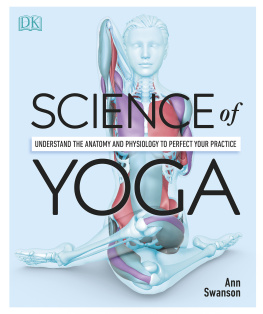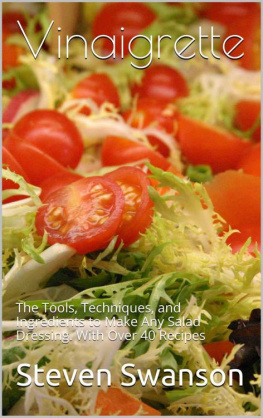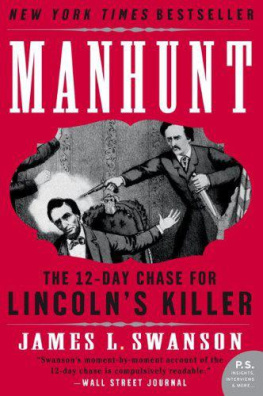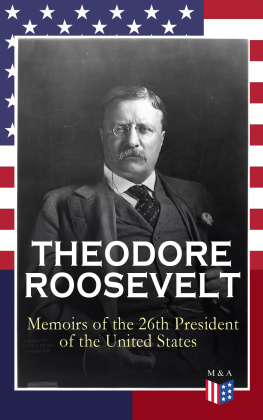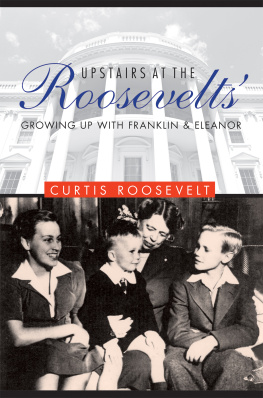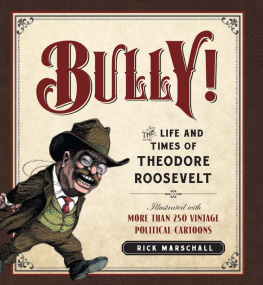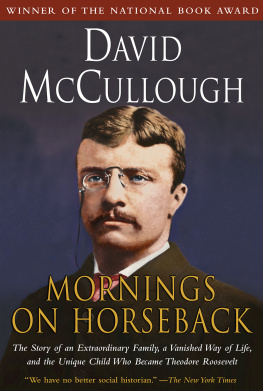

ALSO BY RYAN SWANSON
When Baseball Went White: Reconstruction,
Reconciliation, and Dreams of a National Pastime

To Carter, Tyler, and Kate whoyesat times make life seem a little bit too strenuous, but are the source of more joy, pride, and insight than they will ever realize.
To Jackson, since he actually watched me (tennis ball at the ready) write most of this book.
And to Rachael, of course. Theres nothing without you.

Copyright 2019 by Ryan Swanson
All rights reserved, including the right to reproduce this book or portions thereof in any form whatsoever.
For more information, email
Diversion Books
A division of Diversion Publishing Corp.
443 Park Avenue South, suite 1004
New York, NY 10016
www.diversionbooks.com
Book design by Aubrey Khan, Neuwirth & Associates
First Diversion Books edition August 2019
Hardcover ISBN: 978-1-63576-612-7
eBook ISBN: 978-1-63576-611-0
Printed in The United States of America
1 3 5 7 9 10 8 6 4 2
Library of Congress cataloging-in-publication data is available on file.
Contents
Introduction
T his is the White House. The president would like to have you to play tennis this afternoon at 4, if you are free.
Years later, Lawrence Murray still remembered the thrill of receiving this call. Of course he was free; Murray had recently been appointed assistant secretary of the Department of Commerce and Labor. He was new in town, or at least newly back in town. He also happened to be a decent tennis player. So, suspecting nothing other than some important face time with the president of the United States, Murray showed up at the appointed time and place. But first, he shopped for the occasion. Thus Murray, a round young man with a pleasant laugh and a calm manner, looked downright resplendent when he arrived, sporting a brand new, white, spick and span tennis getup.
President Theodore Roosevelt, in contrast, wore a brown army shirt, thick, well-worn khaki knickers, and black boots. This was the official uniform of the Strenuous Life, the athletic crusade for which Roosevelt had become so well known. Roosevelt greeted Murray warmly. Rounding out the playing group were Director of Forestry Gifford Pinchot and Secretary of the Interior James Garfield.
Right away, things went poorly for Murray. Feeling a bit overwhelmed, he prayed silently that he would not be paired with the commander in chief. Too much pressure there. He did not want to bear responsibility for a presidential losseven if it was only on the tennis court. But when the four men tossed their rackets in the air to select teams, Murrays and Roosevelts landed facing the same direction. Partners.
I did not know the president at all then, and to find myself his partner in tennis, when I had not had a racket in my hand for months, while he was in good practice, and so were the others, Murray remembered, was a little upsetting to say the least.
The reality here is a timeless one: the nervous, subordinate employee paired with the overly competitive, gung ho, and somewhat-skilled boss. The sport could well have been golf or ping-pong (all the rage during the first decade of the twentieth century) or badminton. Workplace anxiety was Murrays primary opponent for the day.
Play commenced. Despite his nerves, Murray managed to bat a few balls in the right direction. Things were going OK. At least he avoided pulling an Archie Buttan invited bureaucrat who actually hit the president with a tennis ball. So that was good.
Murray had his hands full on the court. Garfield and Pinchot both played splendidly. Roosevelt, on the other hand, played withwellgreat enthusiasm. Somehow his racquet seemed too short, and the little, tantalizing ball too small, reported the Washington Post of the presidents game on a rare occasion the press was allowed to observe a White House match. Roosevelt had the bad habit of drifting into no mans land as his partner served. The President stands too close to the net for so stationary a player as he is. Ball after ball goes by him. Thus the partnerMurray in this caseraced around trying to pick up the slack. The other fellow in the back court, chasing from side to side, does all the work, the Post explained, summing up the Team Roosevelt tennis experience.
The whole group was sweating profusely. President Roosevelt had outfitted his White House tennis court (installed in 1903, replacing several of William McKinleys greenhouses) with a twenty-foot-high canvas fence. The canvas worked perfectly in terms of privacy, but it also created an airless womb of athletic activity. Only a few games in, Murray had serious doubts about his ability to survive due to the stifling environment. This barrier of canvas, Murray lamented, kept out every breath of air, so on a hot afternoon when the mercury stood around ninety in the shade, and with a seven set tennis match ahead of us, it required much of the vigor of life not to wilt completely. Roosevelt, for his part, considered the heat to be a benefit in his long-standing quest to keep his weight under control.
Fortunately for Murray, a summer thunderstorm intervened before too long. The group ducked into the presidents office as the skies opened up. The White House tennis court was attached directly to the Executive Mansion. The play-to-politics proximity had actually been one of the first things that Murray noticed upon entering the White House grounds. The president could, basically, step from his office door on to the court.
So close was the court to the office, in fact, that a White House bay window could be opened at midcourt, allowing the presidents secretary, William Loeb, to interrupt at any time. When an important telegram buzzed in, Loeb would lean out, practically over the net, and alert the president. The president then would attend to political matterstrust-busting, empire building, Progressive reforms, or whateverwhile his partners waited. Decisions rendered, play resumed.
Certain benefits came to those who played with the president, these members of what would become known as TRs Tennis Cabinet. To take up a racquet at the White House meant access to information and opportunity. A quick entry into James Garfields personal diary communicated how this blend of the casual and significant sometimes happened. December 1, 1906: Tennis with the PresidentAfterwards which the President showed us a telegram he just received notifying him that the Norwegian Parliament had awarded him the great Noble Peace Prize.
Murray rejoiced at a reprieve by rain. He had been saved. However, visions of handshakes and drinks were summarily dashed. With rain pummeling the District, the president pivoted quickly. He had a new, adventurous plan. To my utter amazement Roosevelt said: Just the day and time for a long walk and run. We will go!
Murray panicked. He was dressed in tennis whites. As the president tossed his racket in a corner and headed for the door, Murray observed that Garfield and Pinchot, who also wore the lightest tennis shoes, sleeveless shirts and white flannel trousers seemed strangely resigned to the turn of events.
They headed out. For Murray, they might as well have been stomping into the Amazon rainforest. He was aghast at the thought of leaving the landscaped White House grounds. Within a few roads of the White House was then a marsh, or rather an almost impenetrable jungle of weeds, marsh grasses, cane brakes covering a soft black muck, Murray recalled. Into the slop they went. Roosevelt, not completely inconsiderate of his newcomers plight, offered a quick bit of advice: Tie your shoes on extra tight, or the muck will pull them off.
Next page
